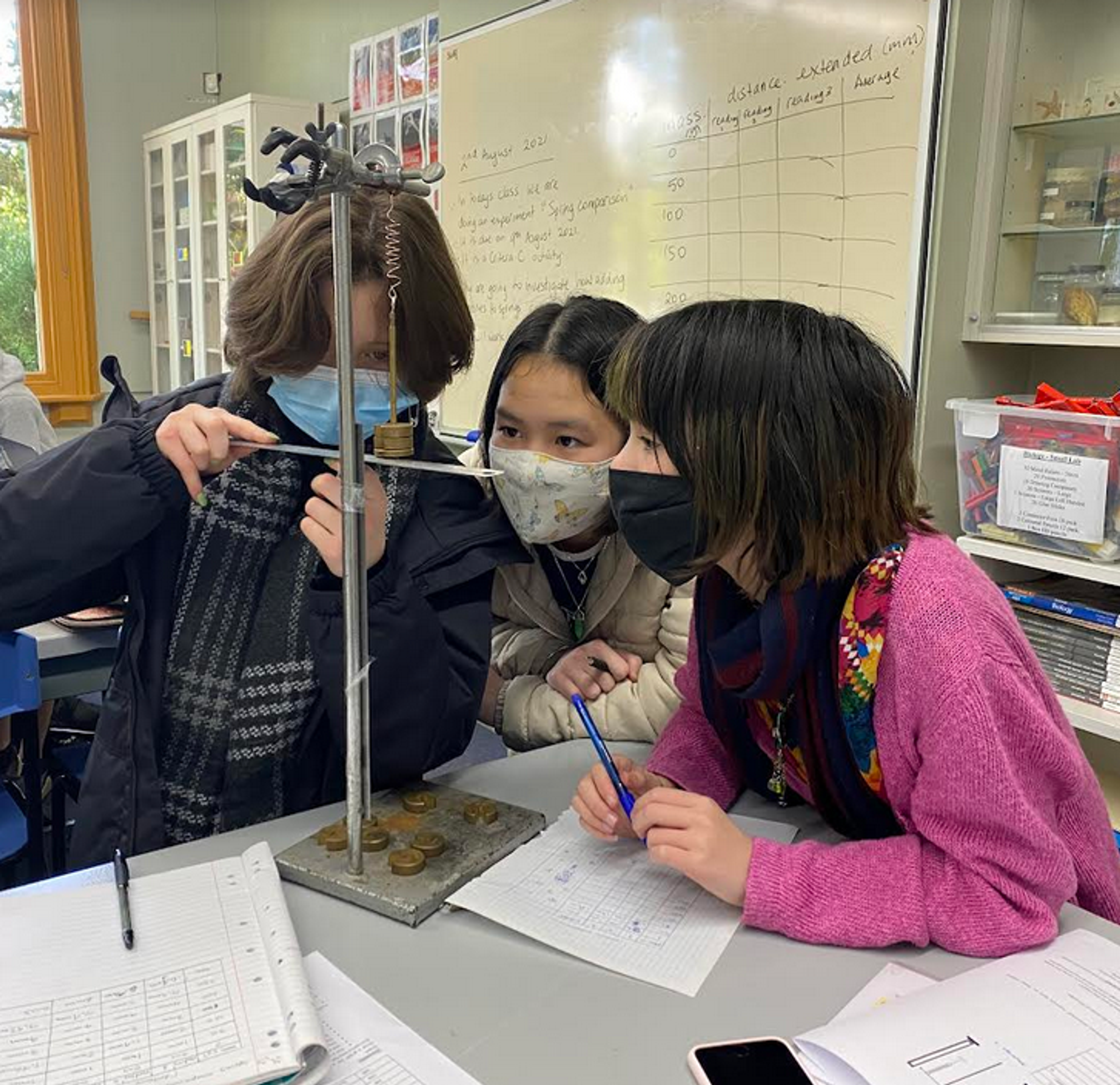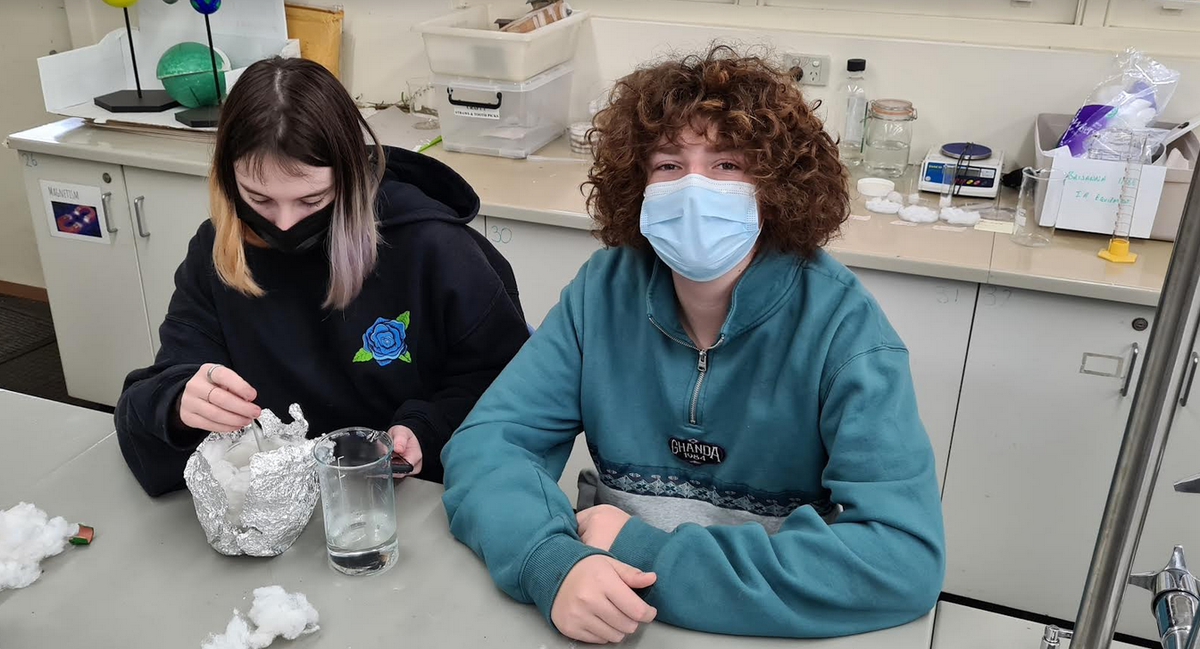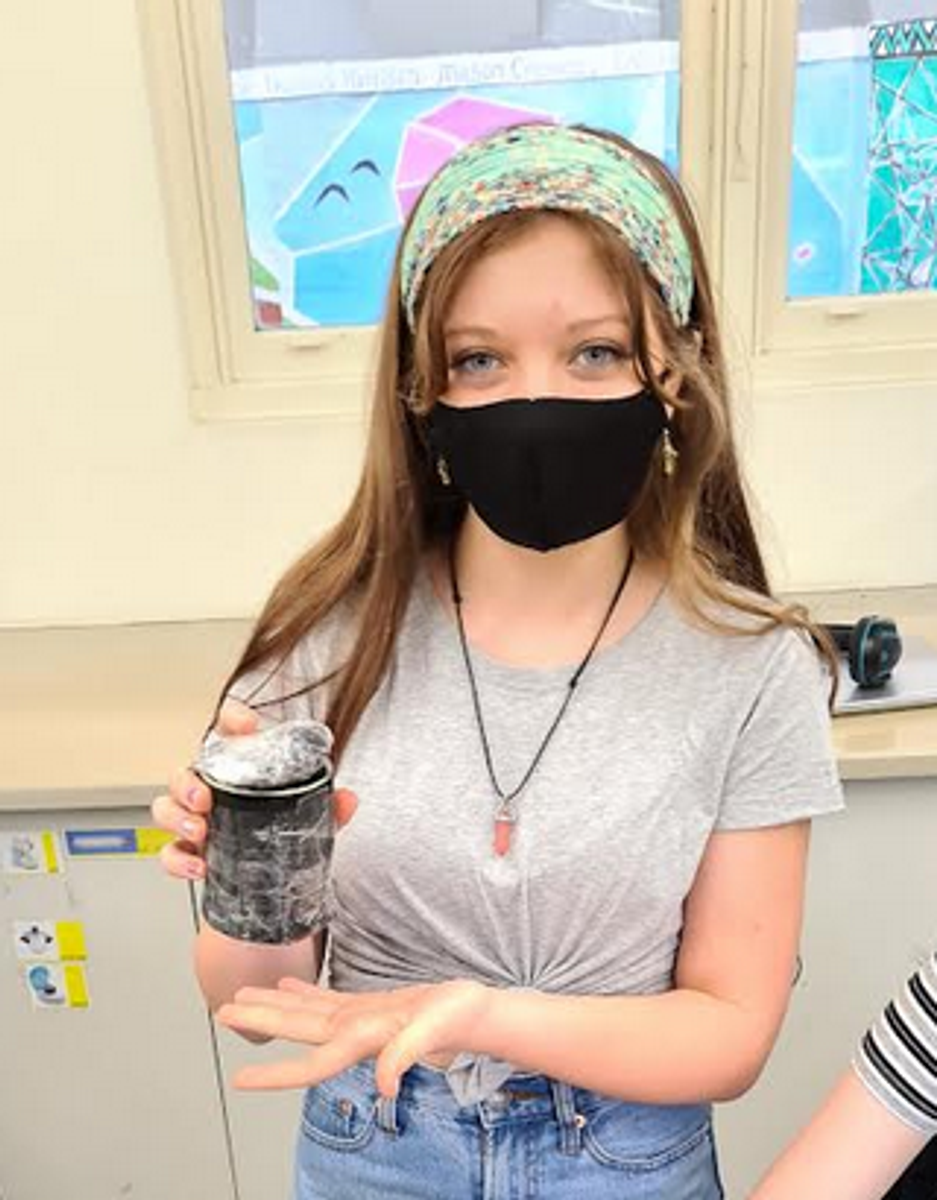MYP: Connecting to Science

To all our science students... cheers!
Statements of Inquiry:
Year 7: There is evidence that energy requirements change depending on the configuration of the system.
Year 8: Energy is distributed in different forms within a system. Innovative devices utilise scientific knowledge about energy transfers and transformations to meet growing energy demands.
Year 9: Evidence-based models demonstrate a relationship between different forms of perception.
Year 10: Chemical changes balance both energy and matter.
Our MYP students have had a busy time completing combined Criteria B/C and Criterion D assessments.
Criterion B requires students to question a concept within science and then write a scientific method in order to find an answer to that question. Whilst many of us can write a set of instructions, writing a methodology is somewhat challenging in that the instructions to carry out an experiment need to identify variables, equipment and can be repeated easily to collect large amounts of data.
Criterion C requires students to collect and process their data. For Year 7, this means shifting data into tables and basic graphs. By Year 10, students need to consider the type of data and the graph required, and some students are beginning to add error bars. The final part of this criteria is being able to evaluate their own work and make conclusions to answer their initial question.
Combine these criteria and you get some very hardworking students. Our Year 10s investigated Rates of Reaction within Chemistry; Year 9s investigated the Speed of Light through Air within Physics of Waves; Year 8s investigated Thermal Containers within Physics of Energy; Year 7s investigated Springs and Forces, also within Physics of Energy. (It has been amazing to see their enthusiasm and ingenuity with just one piece of A4 paper and 30cm of sticky tape. Last week’s challenge was to build a tower that would hold a can weighing about 500g for 20 seconds.)
The final result was some amazing reports and all students should be proud of the hard work that they have put in.
Criterion D is essentially the research component of science where students choose a research area within the topic that they are studying. Within their research they identify the impacts of this research on society and science. This therefore gives students the opportunity to see how science and society come together in the 'real world' and how we can use our knowledge as Global Citizens. After all, this is one of the reasons why we are undertaking the IB programme.
Finally, we, the science teachers would like to thank our parents for supporting us and your amazing children as they continue to work through another lockdown. Science can be a tough subject, but it gets harder when we have to experiment in the kitchen and learn new concepts online.
Keep up the hard work science nerds!
Felicity Robinson
Simon Gooding
Deena Kaltmann
teachers of Science
felicity.robinson@preshil.vic.edu.au



